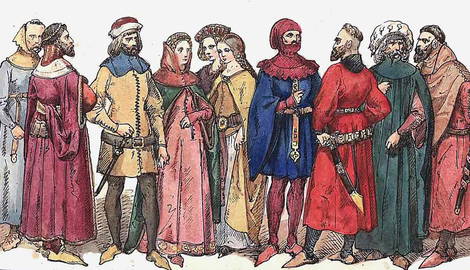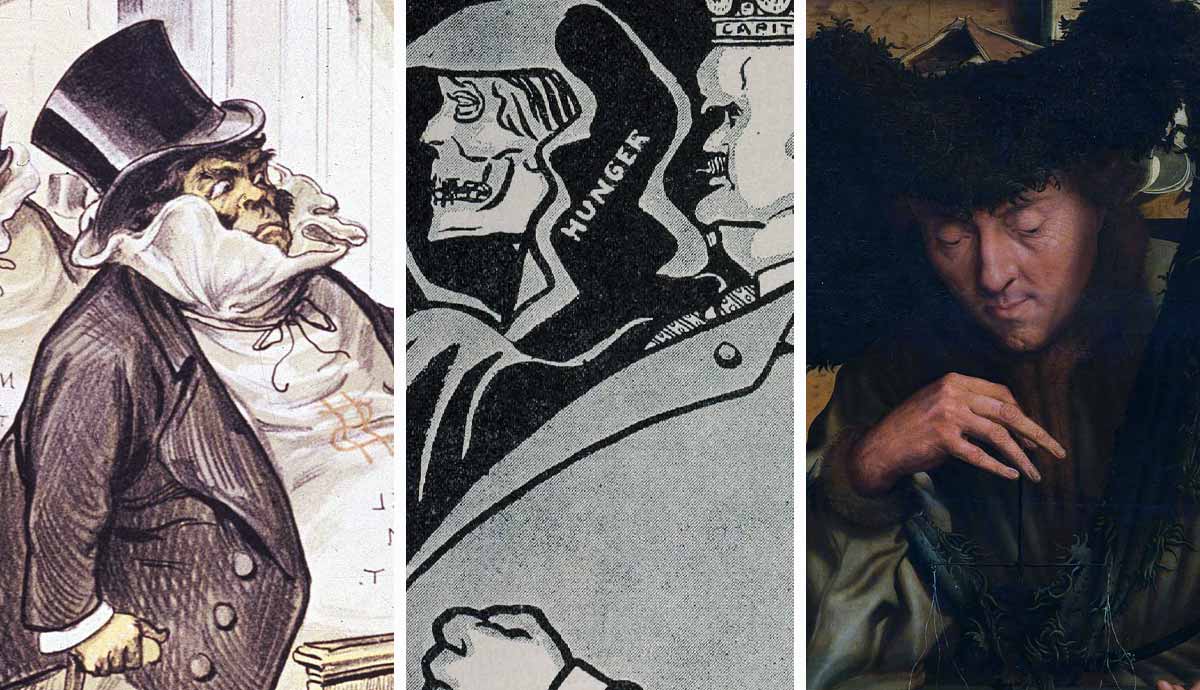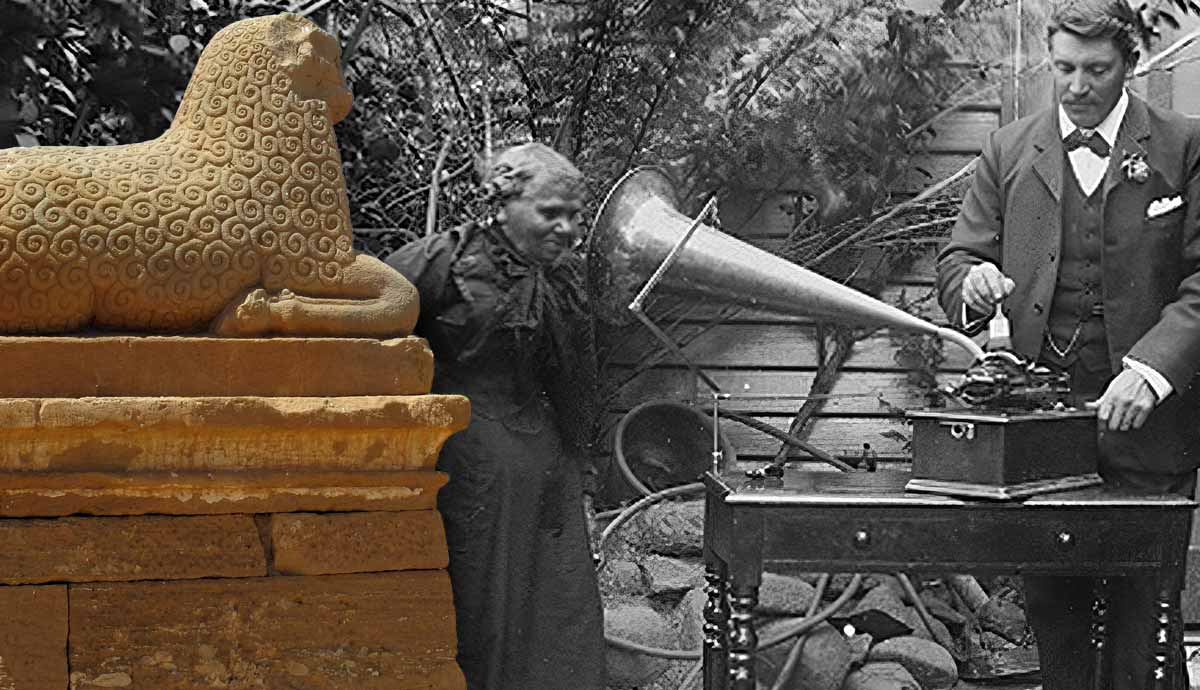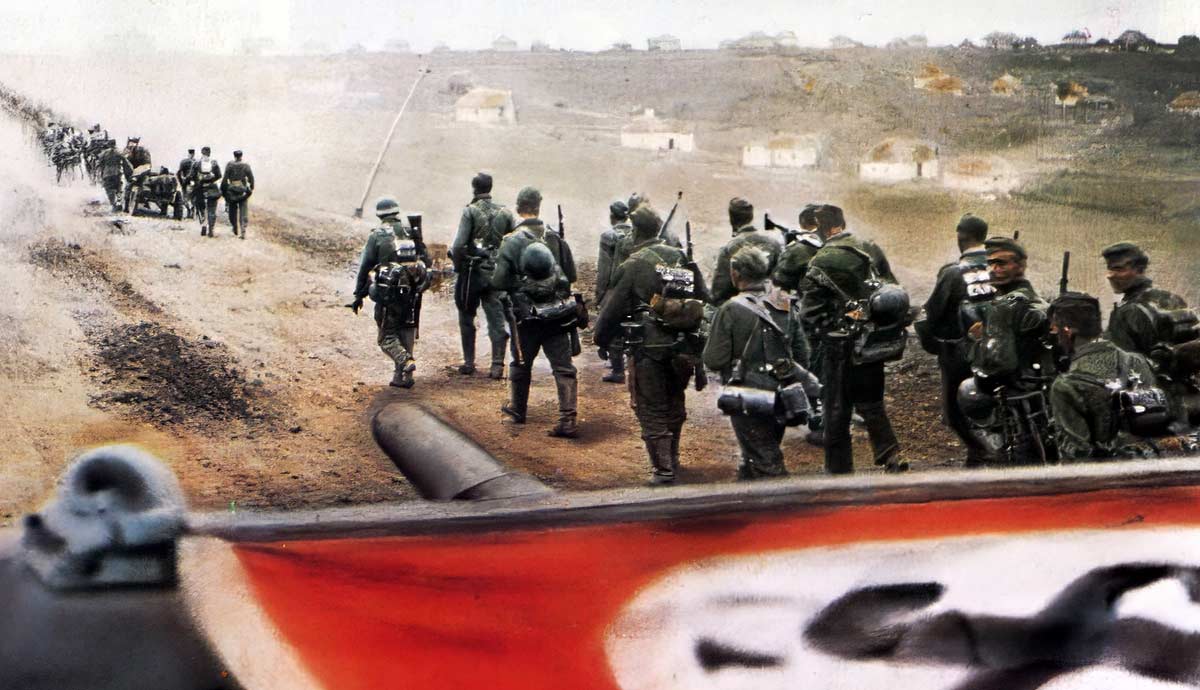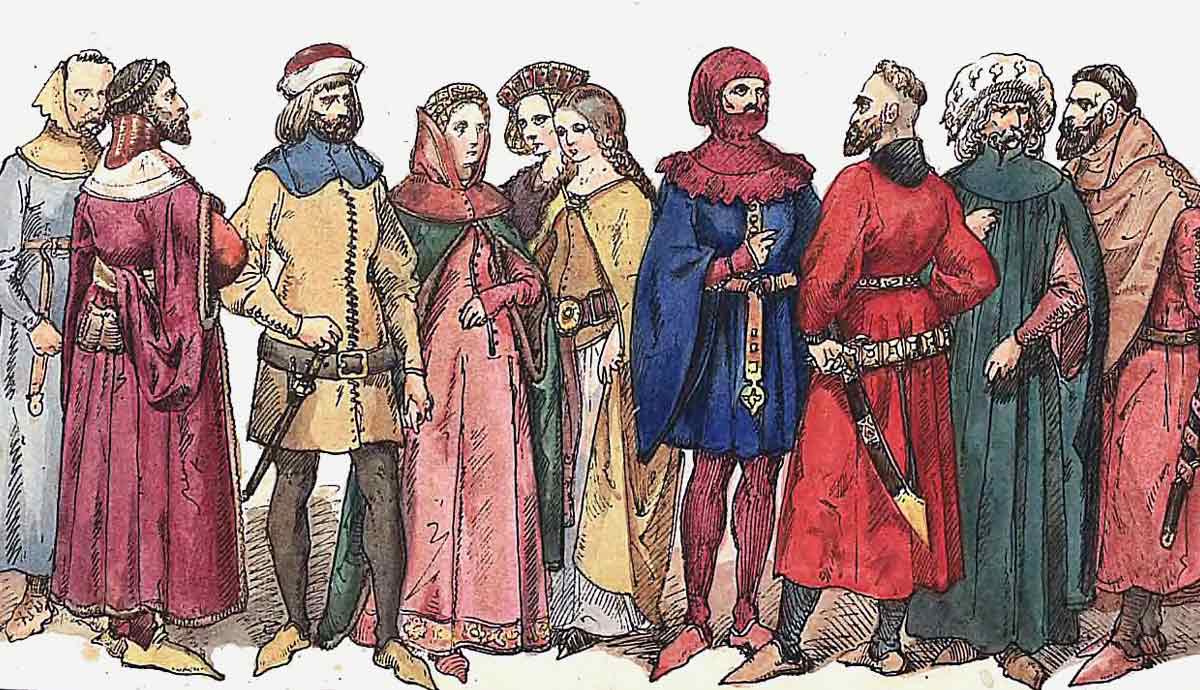
The Medieval period was a time of uncertainty when Europe was fractured after the fall of Rome. The dominant socio-political structure was feudalism, where social standing meant everything, from the lowest serfs to the most powerful kings. In the upper echelons of society, noblemen jostled for power in a challenging time where shifting allegiances could leave one wealthy beyond imagination or a corpse on the battlefield.
How noblemen achieved power in Medieval times was a dangerous and complex game, and one that was greatly influenced by the vicissitudes of the era.
The Feudal System: A Foundation for an Era
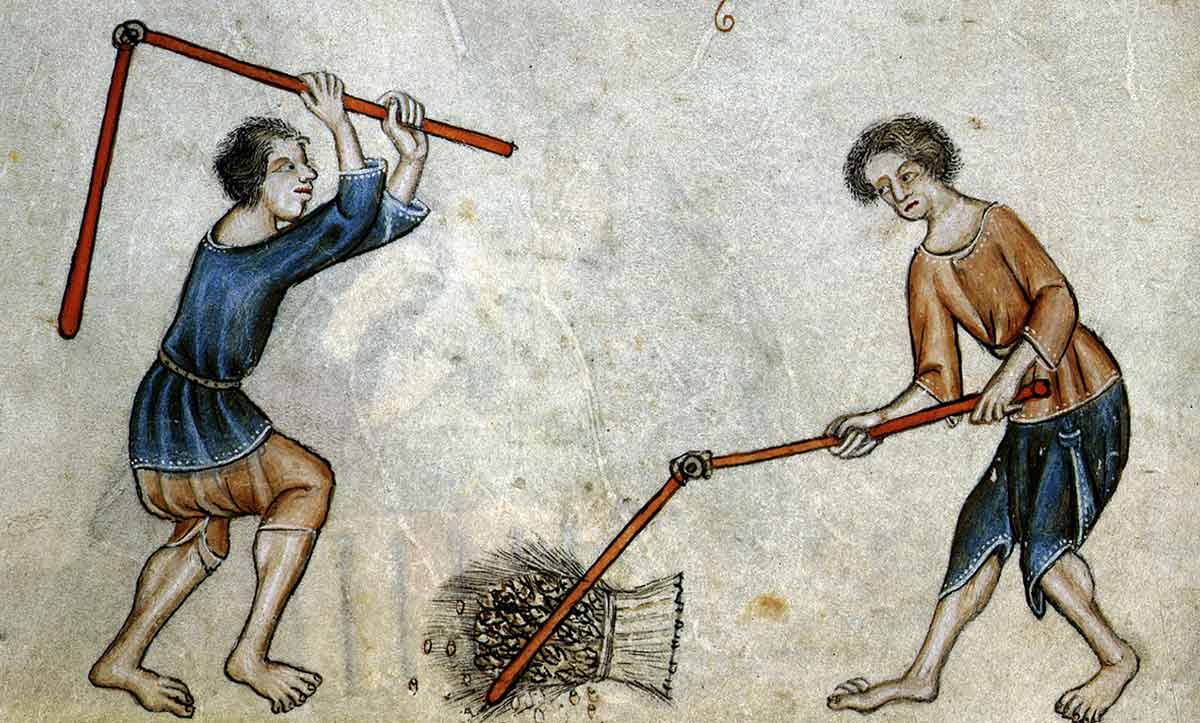
After the fall of the Roman Empire, the power structure in Europe changed dramatically. Gone was the centralized power of the ancient era. The continent was fragmented, and localized power sprang up in its place. Imperial rule was replaced with feudalism.
Encompassing social, economic, and political structures, feudalism was the evolving series of hierarchical foundations upon which the medieval society in Europe operated. Central to feudalism was the concept of land ownership and the loyalties that came with it. The king was the ultimate landowner, and he granted huge tracts of land to lords, who in turn granted parcels of land (fiefs) to lesser nobles, which included the knightly class. In return for the land, people were obliged to provide vassalage to their liege lords, fighting for them in times of war.
Thus, the concept of nobility was determined in no small part by the ownership and control of land and the people who worked it. As such, the primary source of wealth was agricultural output. Trade routes also ran through land, bringing in profit. Control had to be maintained, and lords invested heavily in stamping their authority over their fiefs.
At the bottom of the hierarchy were peasants, whose services kept the population fed. There were different rungs of peasantry, and the lowest, the serfs, were tied to the land they worked on. If the land were sold, the serfs were part of the deal. Many other peasants worked as tenant farmers and laborers on lands owned by others, but had certain freedoms, and were allowed to own their own land, as well as travel.

Castles, originally built to defend conquered territory, also served as centers of administration and justice. Representing the local lord’s authority, castles also served as a symbol of status, and a rallying point for the establishment of local offense and defence. From the castle, the lord exercised his legal and economic power over the peasants, but also provided them with security.
This system, known as manorialism, was at the very heart of feudalism. Peasants provided labor and agricultural goods to the lord, and in return, they received protection and the right to cultivate the land.
The Acquisition of Power
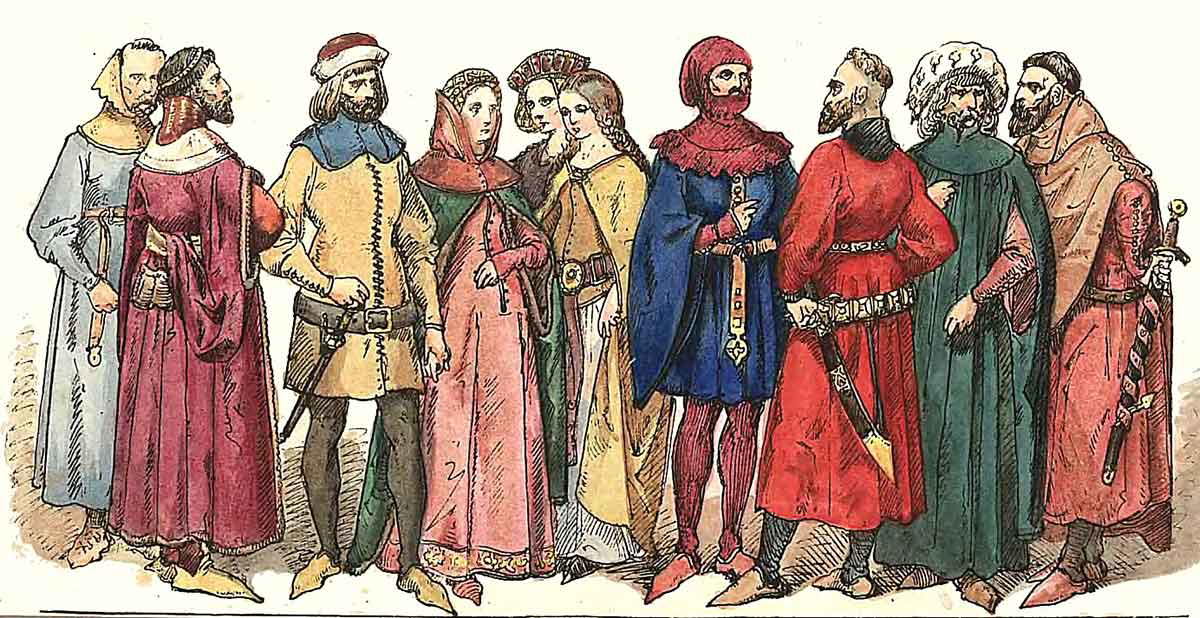
Being part of the noble classes of the Medieval era meant acting the part. Noblemen owed protection and justice to their subjects as well as the maintenance of property. Noblemen also owed allegiance to those above them. They were required to aid the monarch with good counsel, and many noblemen of all classes were placed in council positions to advise the monarch.
As powerful as monarchs were, they were not omnipotent, nor omnipresent. They relied on councils to inform them of the goings on in various parts of their realm, and when the monarch was unable to run the kingdom personally, it was left to nobles in the council. Many nobles were savvy politicians and exercised roles as diplomats, judges, and policy-makers. And of course, nobles raised armies and were expected to fight for the crown. Nobles who performed well earned recognition and favor, while those who performed poorly risked being sidelined.
Nobles exercised shrewd politicking to get ahead, and this brought them into conflict with their peers. As was often the case, conflict arose that boiled over into physical skirmishes as loyal soldiers took to the field to fight for their lord.
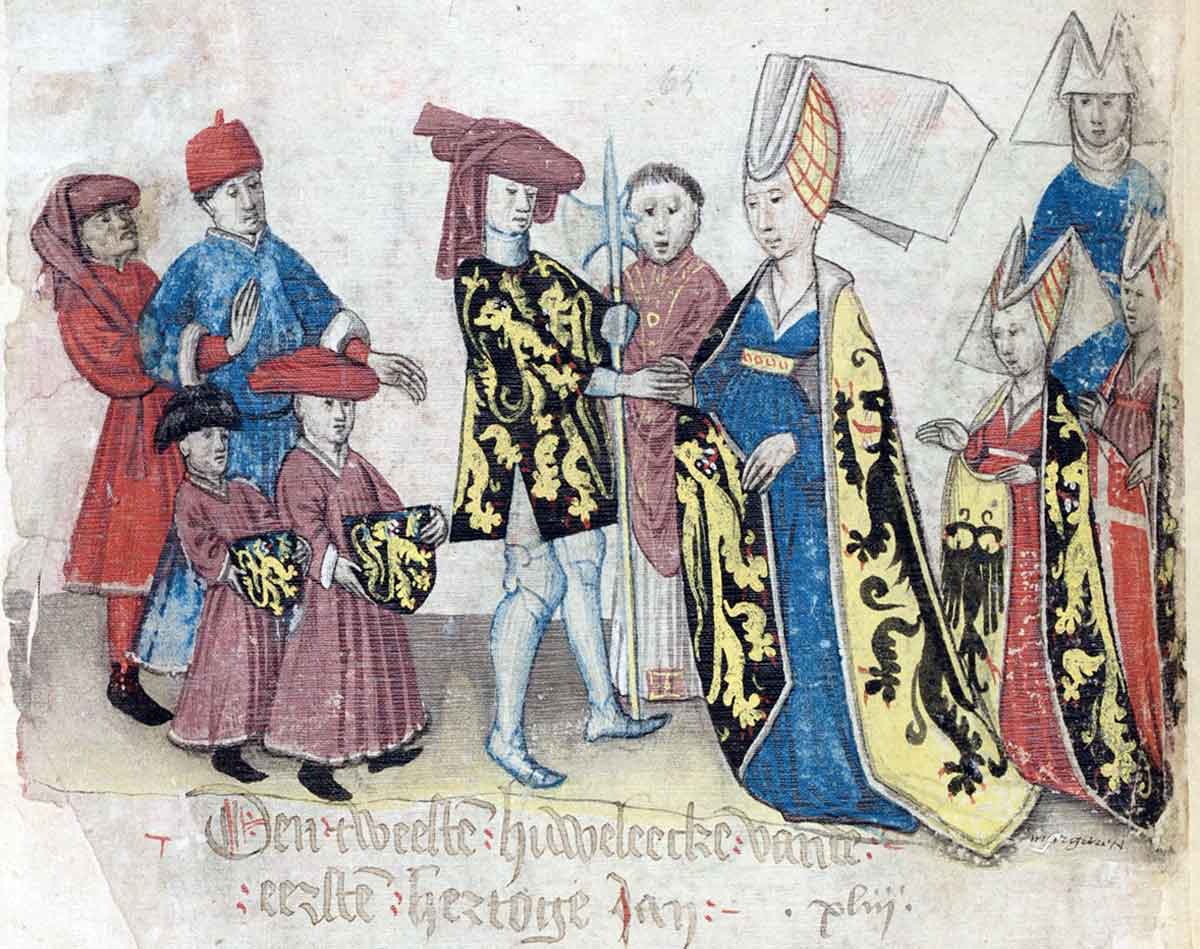
Another important cornerstone of acquiring power was the dynamic of marriage. Powerful families sought alliances that would be mutually beneficial, usually for political or territorial gain. This was often done through joining houses. As such, marriage was generally an affair that was arranged, and the husband and wife were often strangers, never having met before the arrangement. The family of the bride-to-be would usually give a dowry to the family of the groom. This dowry would be presented to the groom or the family of the groom on the day of the marriage.
Girls could be married off as soon as they were teenagers, and could be betrothed before, while their husbands were usually a few years older. Society, however, was not blind to those who were too emotionally or physically young to be put to the rigors of marriage expectations. Close acts of physical intimacy were frowned upon until the girl was considered old enough to handle pregnancy. Sadly, however, young brides were often subjected to intimate relations regardless of whether they wanted them or not.
Maintaining the System
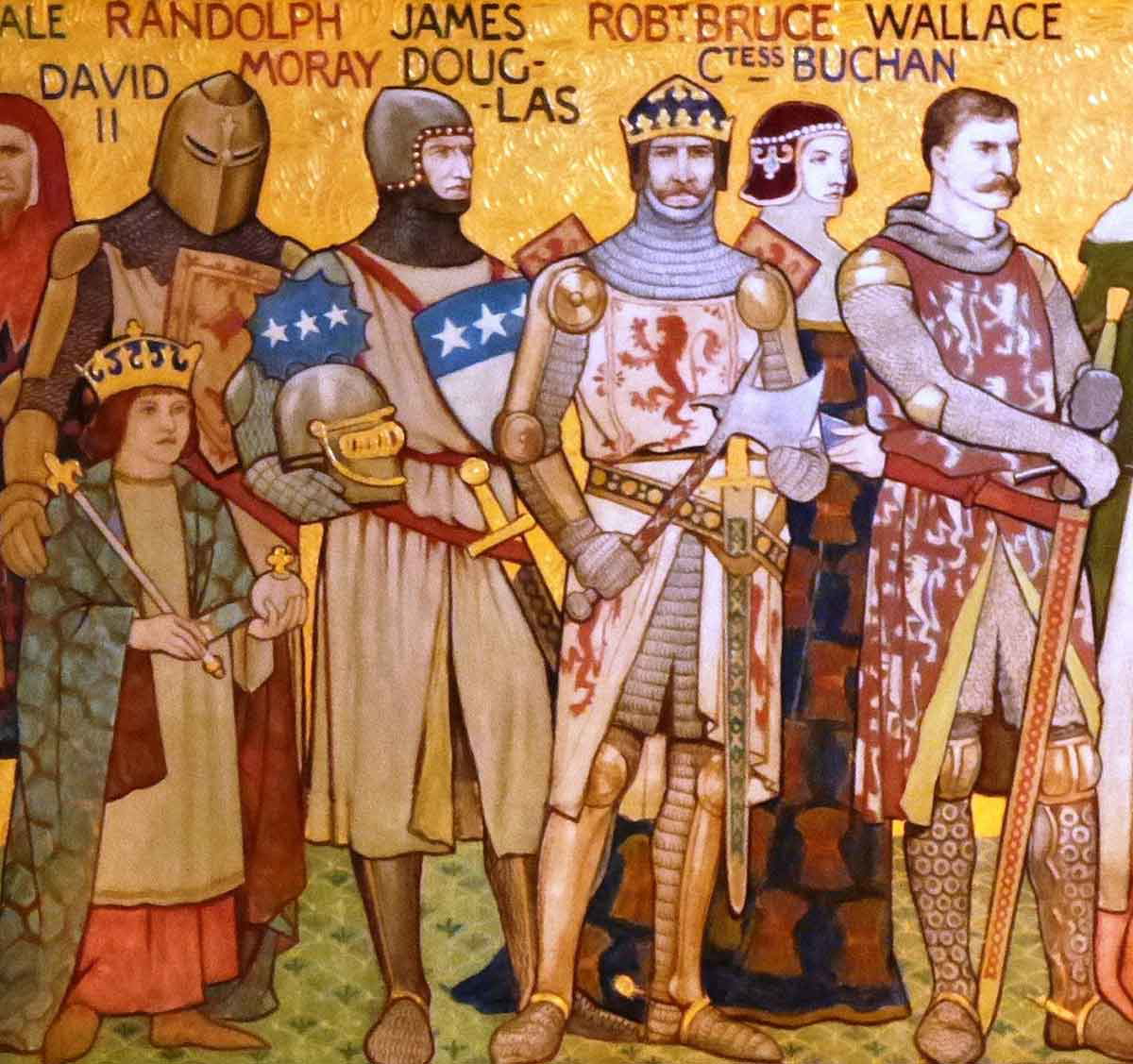
In order to perpetuate the hierarchy and reduce the possibility of people challenging power, titles and positions were hereditary. The prevalent systems were those in which nobles passed their positions, along with their land and wealth, on to their firstborn son. While this mitigated the chances of lower classes making a bid for power, it did generate power struggles between children and other relatives who had legitimate claims on the inheritance of the deceased lord. In addition, what constituted legitimacy was also a contested idea. Such crises of succession were common in the Middle Ages, and they often led to skirmishes and war. In fact, the Hundred Years’ War was one such example of a dispute over succession. It was fought over the claim to the French throne.
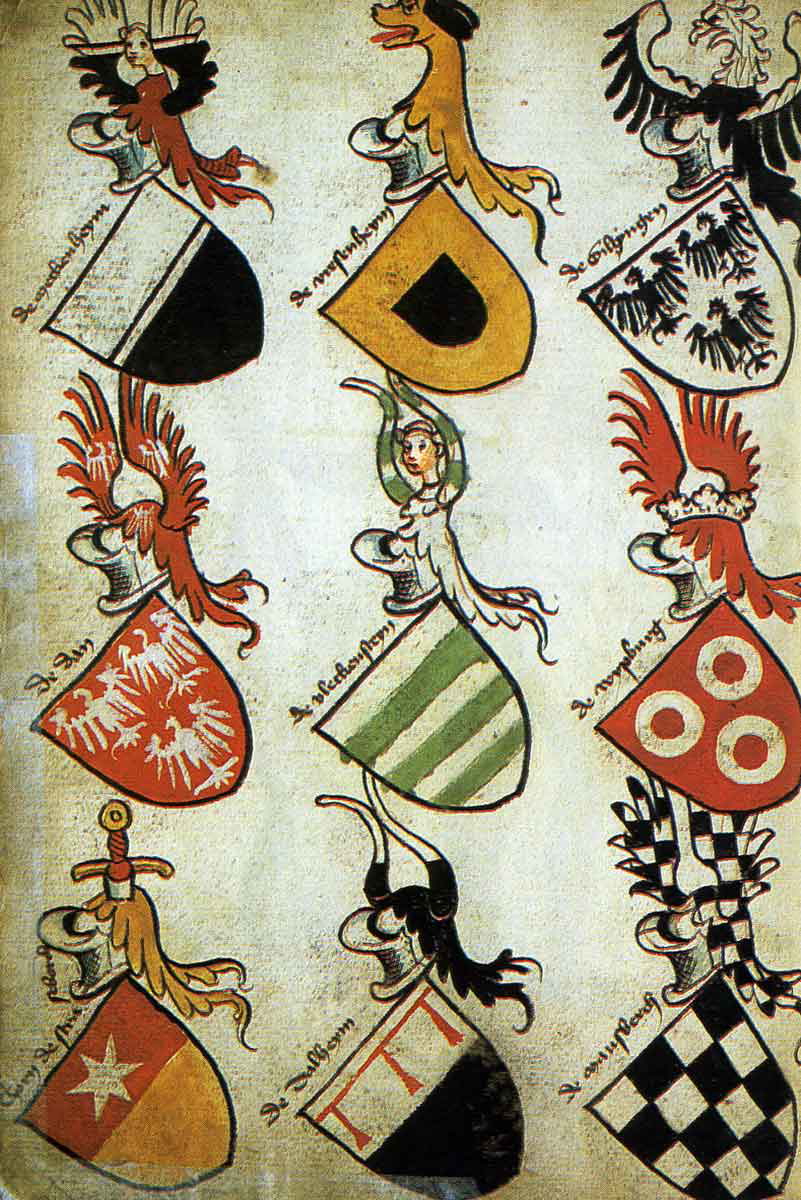
There were various ways in which nobles legitimized their position. One such way was the use of heraldry and the creation of coats of arms. Another act of legitimacy was the creation of sumptuary laws that encouraged dress codes for different classes of people. In this, the nobility displayed their wealth in an overt fashion. By the Late Medieval period, the rising class of bourgeois merchants was able to accrue wealth that challenged the financial dominance of the nobility. In so doing, the nobility feared the bourgeoisie’s ability to undermine the perceived power of the nobility. Sumptuary laws limited the conspicuous consumption by the bourgeoisie and thus preserved the image of the wealth of the upper class.
The Kings Assert Power
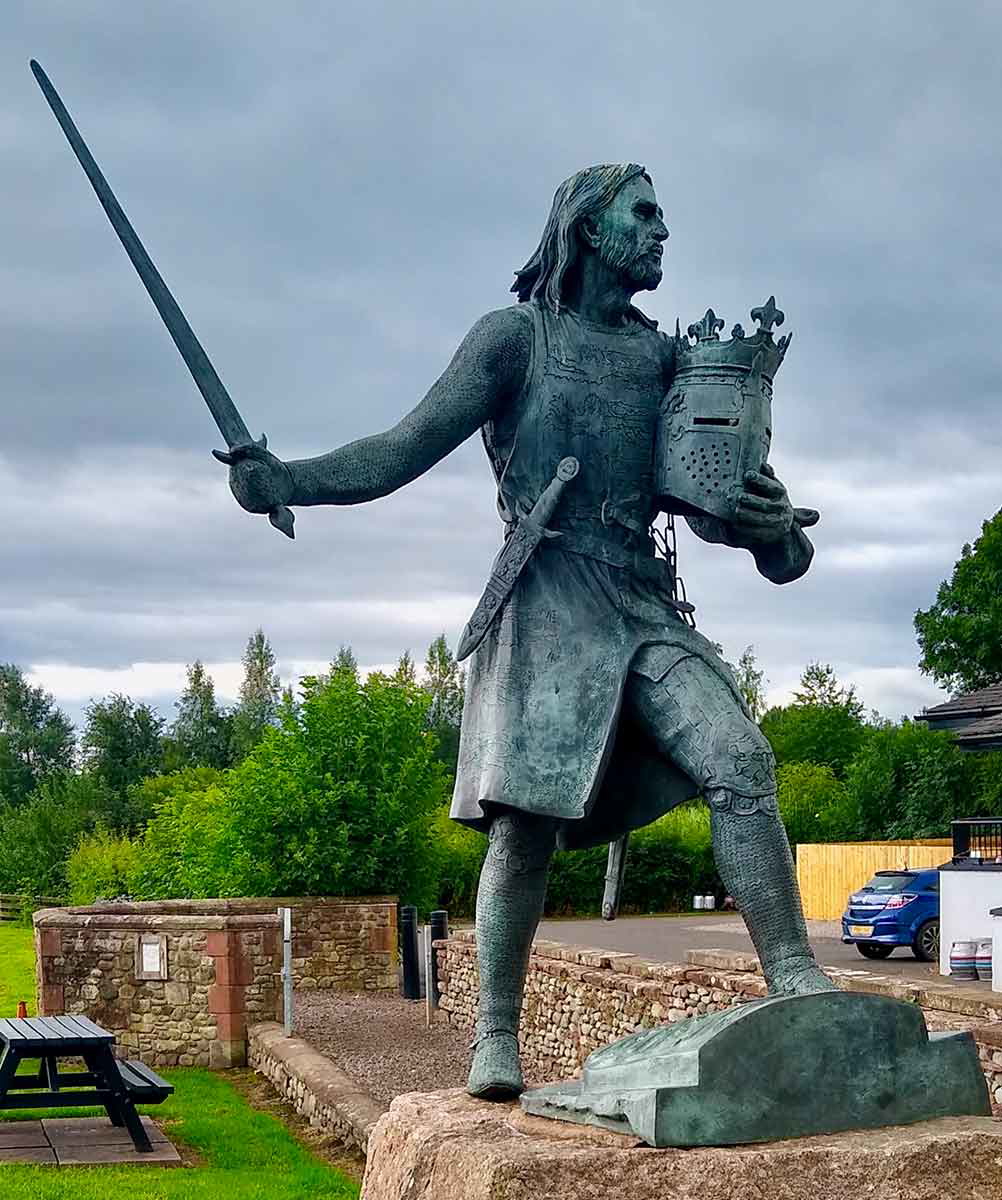
In many ways, feudalism undermined the authority of the monarch. Decentralized power meant that lords with their own armies and control over their territories could challenge the might of the throne. With so much power in the hands of nobles, it stands to reason that many monarchs felt uneasy, as their power could be challenged militarily. Monarchs, however, were not without recourse, and throughout the era, they enacted methods to solidify their power and reduce that in the hands of nobles.
The way in which they did this varied from kingdom to kingdom. Notable examples include Henry II of England, who increased royal power by expanding royal lands and reducing baronial power. The institution of common law allowed the monarchy to centralize and assert more control over local lords. In France, Philip II skillfully exploited conflicts between his vassals, using both military force and diplomacy to gain more control. Engaging in successful conquests also solidified the power of kings. Ferdinand III of Castile conquered Muslim territories during the Reconquista, while Edward I of England successfully conquered Wales.
Common methods of reducing the power of the nobility involved the king making alliances with the church, as well as the middle class and the evolving towns and cities that wielded increasing commercial powers. Kings also maintained standing armies and hired mercenaries to keep control.
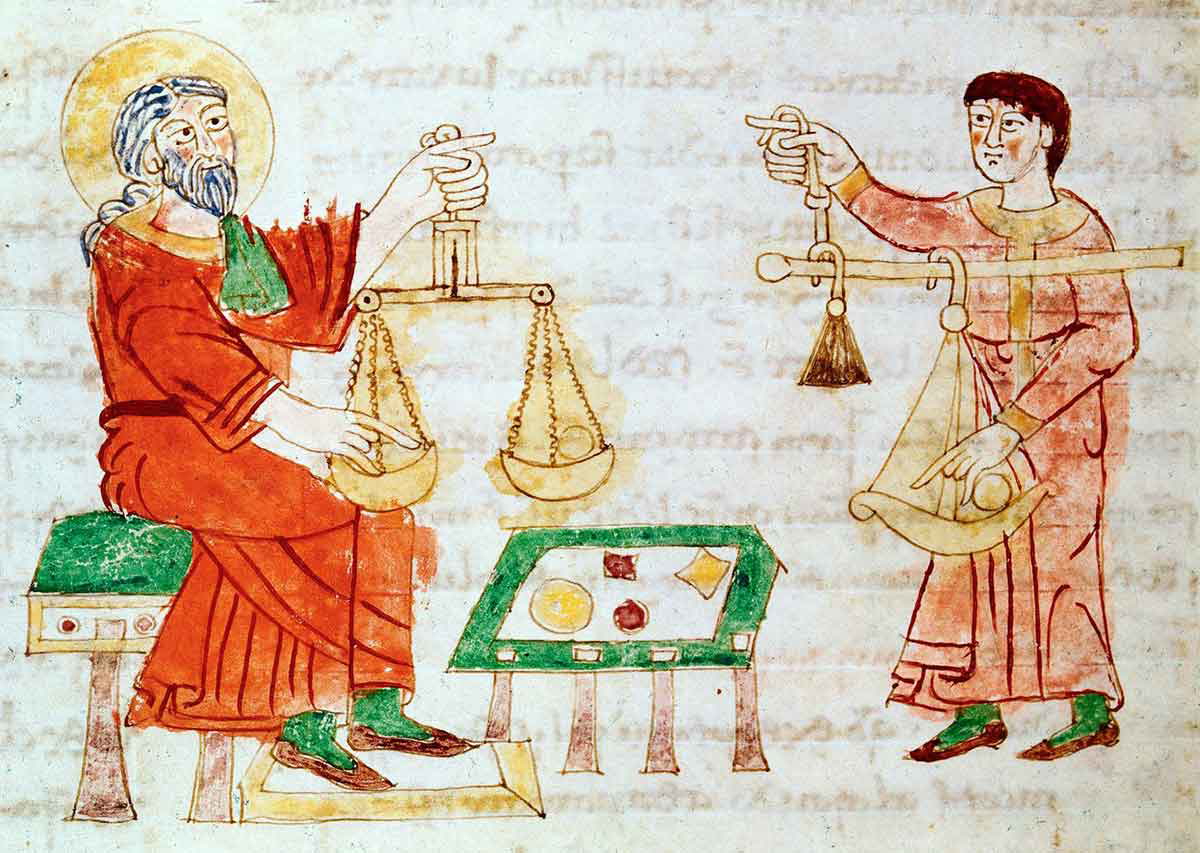
Royal lands were expanded through conquest, purchase, and inheritance, while the development of efficient tax collection services increased wealth in the royal treasury. Royal authority was also stamped through expanding effective bureaucracies and administrative systems that enforced the crown’s power.
From the other side of the class divide, the rising wealth of the bourgeoisie was also a challenge to the power of the nobles. With financial gain came economic power and the ability to buy political power as well. The bourgeoisie found themselves in a position where their wealth could also fund rebellions. No sumptuary laws could change this fact!
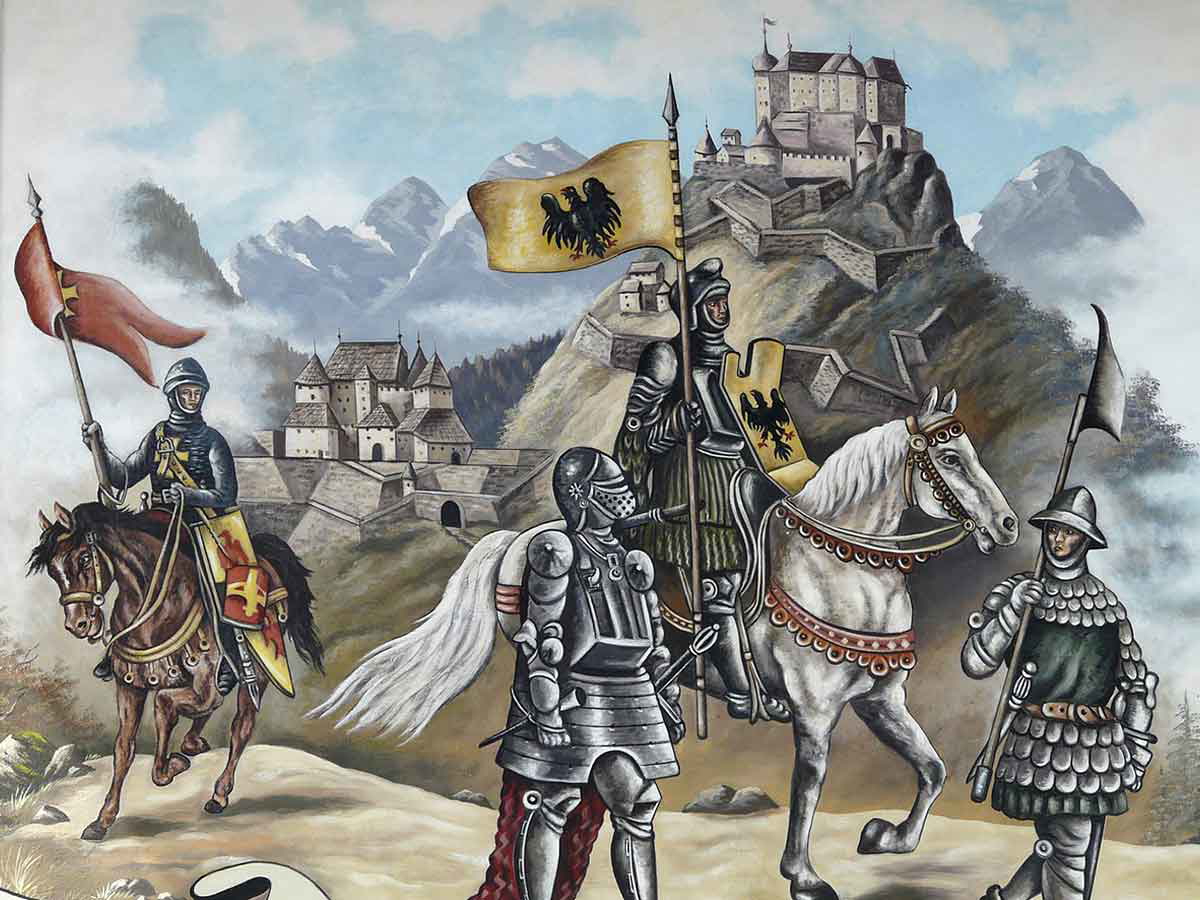
Despite the common idea of nobles living easy lives due to their privileged status in society, Medieval times were not easy for any class of people. There were undeniable challenges and hardships that existed along with difficult decisions, varied duties, and expectations.
Being a noble meant having to play a game of political maneuvering and power plays where the outcome was never certain.
